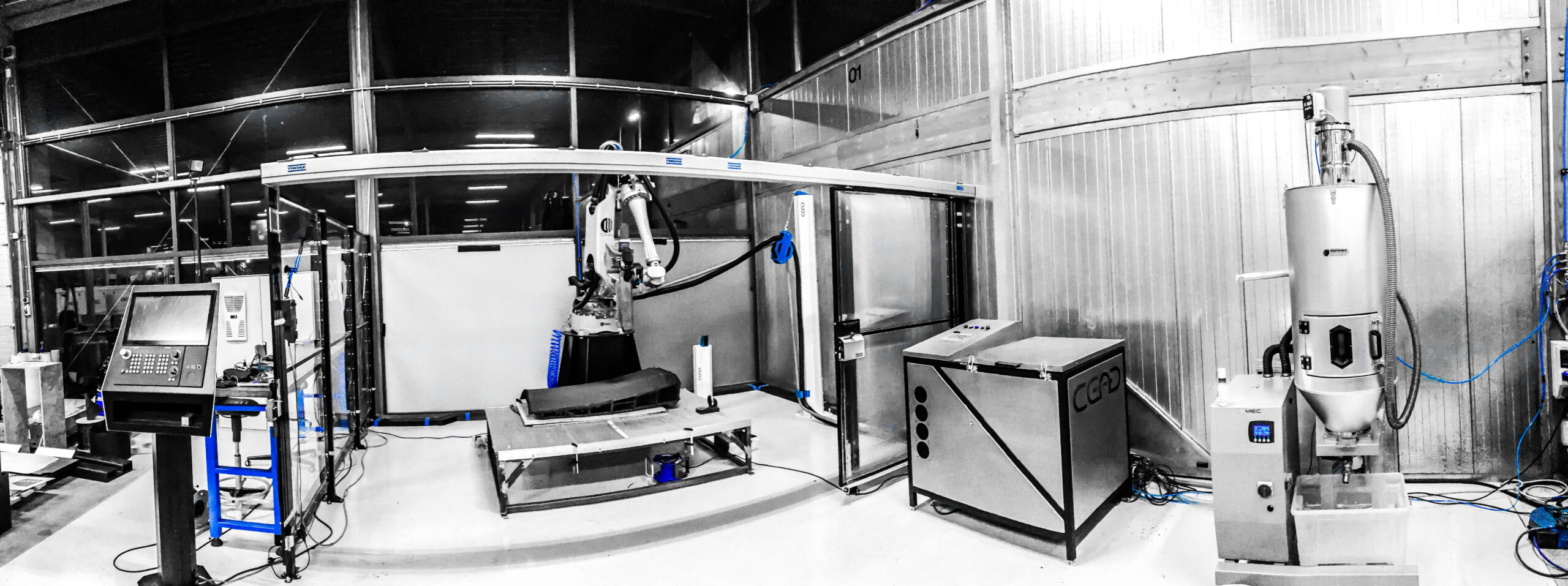Scaling additive manufacturing for industrialization

New technologies can be difficult to deploy. New companies and start-ups are the most likely to adopt the novel in earnest, but large companies are the most likely to afford the early-adopter taxes. This value dynamic is exacerbated in the world of manufacturing, where a new technology usually must coincide with a new product introduction (NPI) as a means to offset the investment. Additive manufacturing (AM) for industrial applications is caught between these dynamics, with a dash of inherent complexity. The advantages afforded by AM require a completely new frame of mind for design and manufacturing to deliver a viable product with the manufacturing method. For example, a topology optimized fluid path may theoretically reduce friction but that is only true if the surface finishes are similar to a machined comparison. To make adoption successful, the World Economic Forum outlined four best practices in a paper available through the AMGTA.
The first recommendation is to implement in iterations. AM covers such a breadth of competencies that deploying a complete program on day one would not only be overwhelming, but a sure path to failure. Instead, adoption should be seen as a long-term learning program. First steps might include low-impact application of 3D printing on the shop floor for replacement parts or fixturing pieces. If successful with these applications, the design may become more complex by adding lattice structures for better part performance and gaining an understanding of thin-walled structures. Then it might be time to integrate conformal cooling channels, topology optimization, or combining what would traditionally be multiple component systems into a single part. Stepped learning reduces the risk of a failure during critical development processes and provides data on how to grow into those new domains for future projects.
Manufacturing adoption can lag other manufacturing phases, so it will be more effective to pull than push into adoption. NPIs are very important to manufacturing, so a great initiator for AM processes is if it coincides with a customer requirement. The up-front investment of AM technologies is too great to force adoption without a clear business value and a valid customer need is the perfect door. It is even greater if there is a possibility of continued need – this will promote a need to develop an internal and sustainable business model around AM rather than offloading the work to a specialized contractor. AM can create geometries for most any application, so it is more important to showcase the capability of required products than to imagine complex showpieces without an immediate ROI.
The techniques of AM technologies are still being refined and collaboration complements internal development. By increasing the user pool for trial and error, problems can not only be found more rapidly but the probability of a creative solution greatly increases. That does not mean direct collaboration with competitors, but it does mean sharing information with research institutions, contracted manufacturers, and service providers while cooperating on a project. A solution may have already been found for a problem, so repeating it from silence between partners only results in increased cost. Partners can fill in knowledge gaps when deploying a new process or provide expert guidance in the early stages of deploying AM.
The last point is that an AM program needs formal strategy and support from the greater organization. Strategic important for an AM program is absolutely necessary for the success of the project, shifting to AM development requires a new mindset to achieve the most value from the process and not supporting that will let the project wither as traditions continue. Beyond the institutional support for the program, there is the funding. As stated, AM is a large investment, providing a strategy for when to implement and how will prevent expensive paperweights on the shop floor because no one is proficient in the technology and no customers are looking for the geometric possibilities. The amazing capabilities of additive manufacturing can make it easy to rush in without a plan, but the possibility can also be paralyzing. To make an AM program successful it is important to start it intentionally. Allow time to learn how different techniques impact the manufacturing quality, this will develop confidence in the tech without high risk to existing manufacturing processes. The complexity of the process is to great to force it onto a group without a direct application and path to success, customer need is one of the greatest drivers in normalization. And the more people can cooperate on such a complex challenge, the more creative solutions will be found and implemented to greater success. Plan how to implement your AM program with help from Siemens Software.
Siemens Digital Industries Software is driving transformation to enable a digital enterprise where engineering, manufacturing and electronics design meet tomorrow. Xcelerator, the comprehensive and integrated portfolio of software and services from Siemens Digital Industries Software, helps companies of all sizes create and leverage a comprehensive digital twin that provides organizations with new insights, opportunities and levels of automation to drive innovation.
For more information on Siemens Digital Industries Software products and services, visit siemens.com/software or follow us on LinkedIn, Twitter, Facebook and Instagram.
Siemens Digital Industries Software – Where today meets tomorrow


